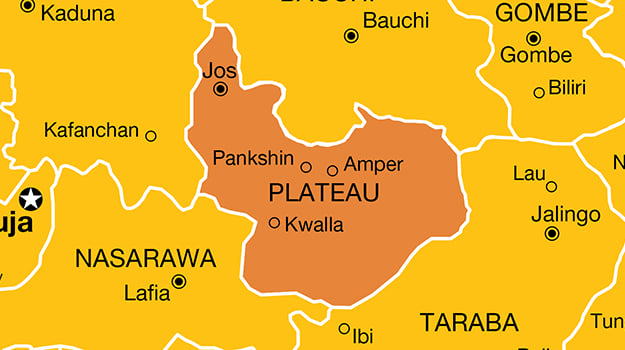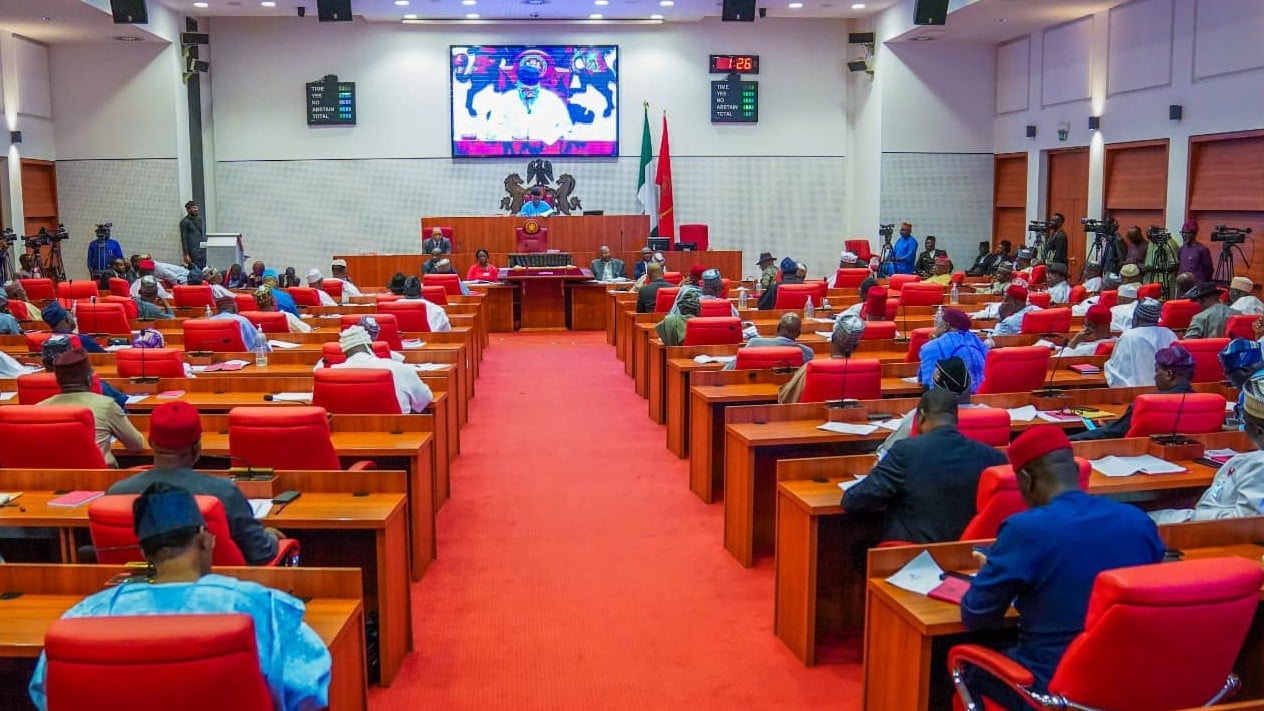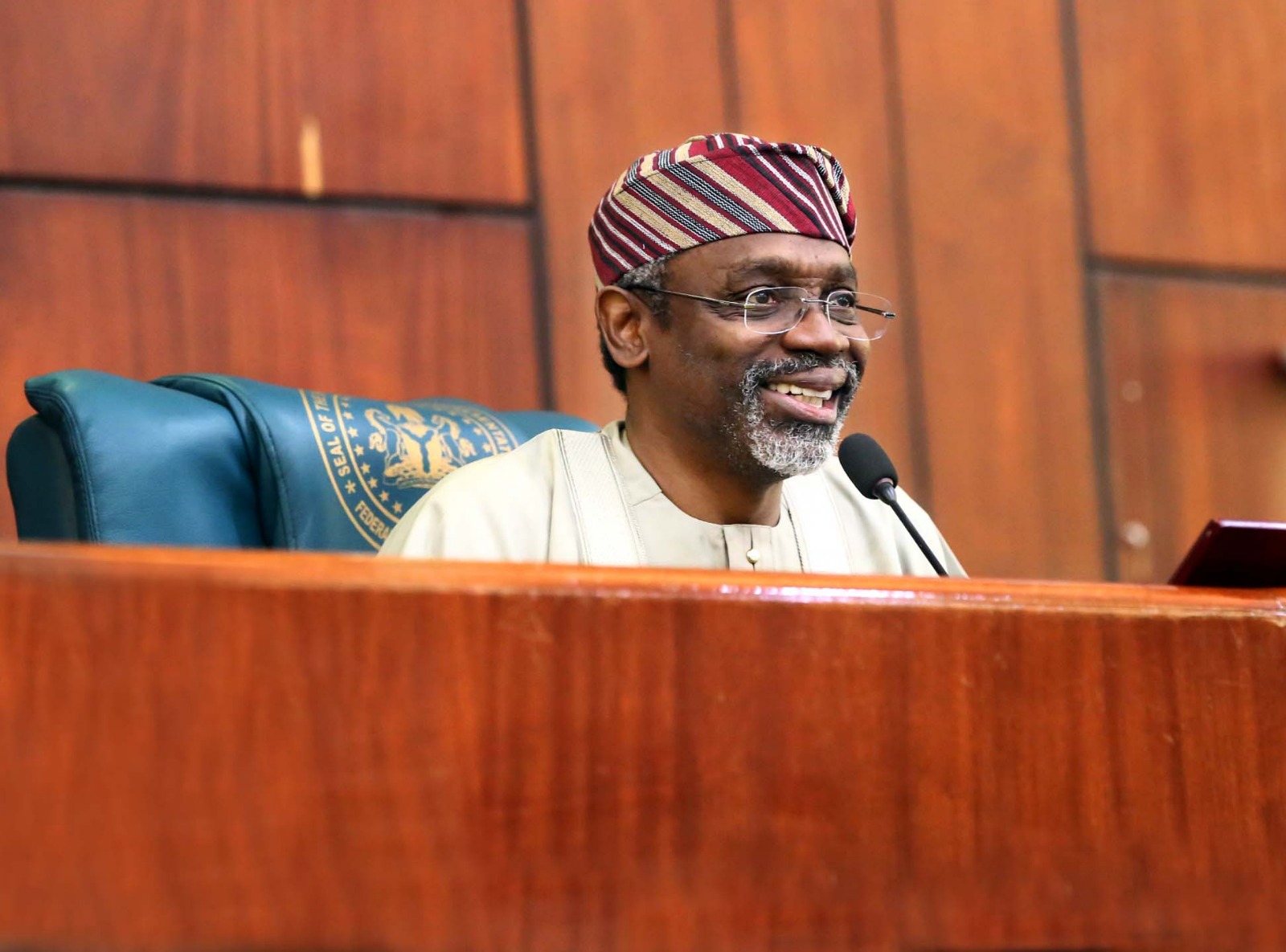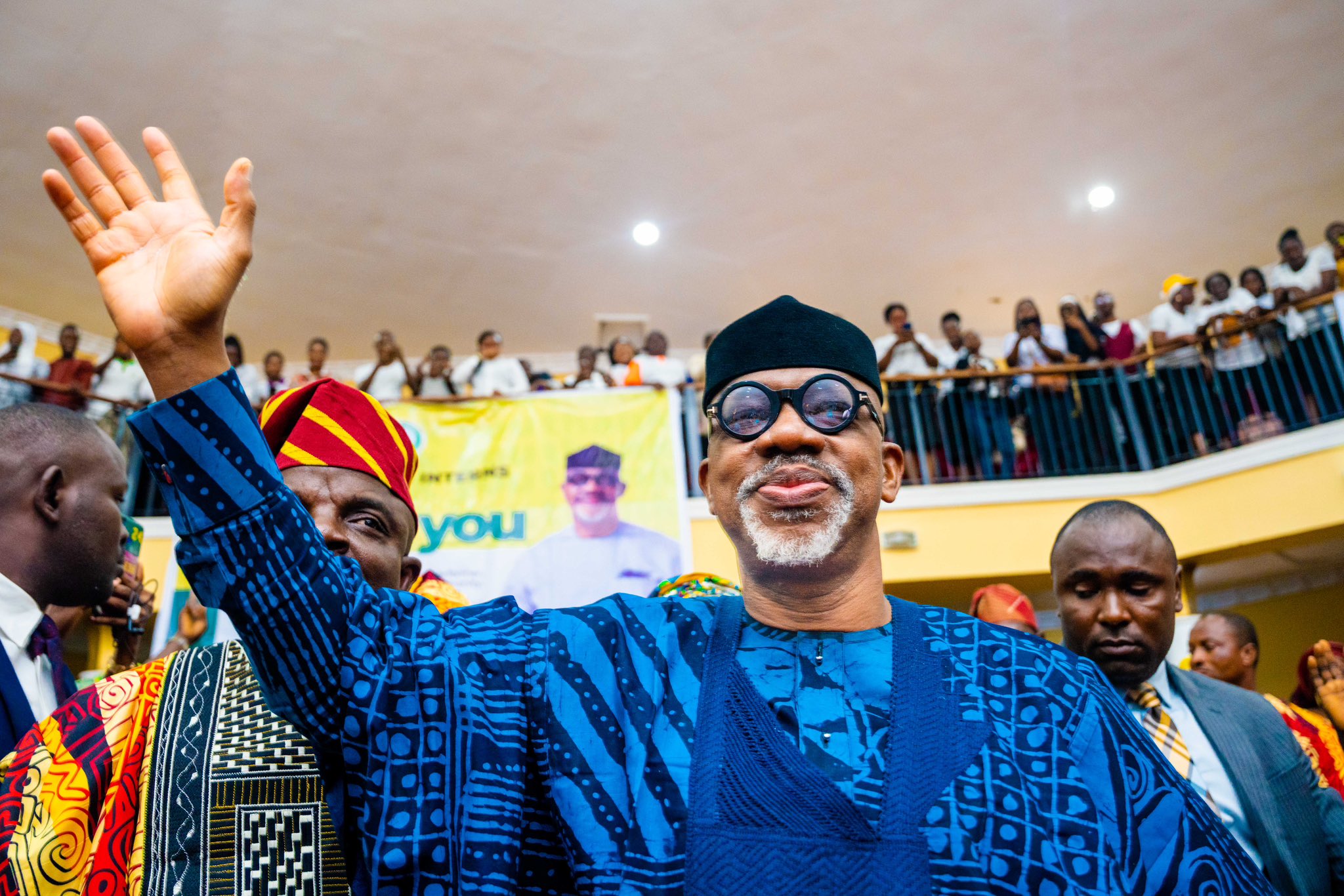BY WALE AJAYI
The latest of the reoccurring dastardly killings and unchecked bloodletting in the Middle Belt happened on Christmas Day of all days when people are in the festive mood. Murderers and their associates have no joy and as such no day is special for them to set aside in their mindless killings. At this stage, this wanton waste of lives has again become a matter of national emergency. As our people would say, “Oro sunukun, Oju sunukun la fi n wo“. A crucial matter of this magnitude and urgency would require a deep evaluation, understanding, and appreciation to proffer a sustainable solution.
In the wake of these recent attacks in southern Plateau, comments and suggestions have been put forward to better our understanding of this crisis and chart a course towards lasting peace. For some, this recurring loss of lives is caused by misgovernance and the general irresponsibility of the state governors as the chief security officers of the states in securing the lives and property of the people. They queried the security architecture, the security command, the responsibilities of the state and local government, the viability of some states of the federation, and the essence of the security votes governors draw from the state treasury.
These points of view are not entirely true and do not capture the wider and deeper scope of the matter. The assumption that the security challenges of the magnitude of organised heinous crime and terrorist operations with resulting loss of hundreds of lives of people in the rural farming community, including women and children, and the destruction of their means of livelihood that have gone on for many decades cannot simply be rest on the shoulders of the state governors and the local government chairmen considering the nature of our security architecture and command system.
Advertisement
For decades spanning different military and democratic administrations, this crisis has caused a humanitarian crisis leading to the internal displacement of people, threatened national security, undermined food security, enhanced arms proliferation, and set back development progress in states.
As at the last count, this Christmas Day massacre in southern Plateau is yet again another episode of the similar trend of crisis between nomadic pastoralists and local farming communities has been witnessed in many states in Nigeria – Jigawa, Zamfara, Kaduna, Plateau, Nasarawa, Benue, Adamawa, Taraba, Gombe, Kogi, Niger, and few others in the north. The 2016 Agatu massacres in Benue went on for days and even took a different political dimension. Farmers-Herder’s crisis in Benue went on in 2018 and even as recently as 2023. The farmer-herder crisis in Plateau state keeps reoccurring even as recently as May 2023 in the Mangu local government area before the Christmas Day attack.
Beyond the north and the Middle Belt where these crises were most dastardly, not less than three states – Ekiti, Ondo, and Oyo in the southwest have had their share of this ugly crisis. In Oyo state for instance, in June 2021, an entire farming community of Igangan was invaded by suspected armed herders at midnight, scores were killed, and houses and shops were burnt down including the palace of the traditional leader – The Asigangan of Igangan Land in Ibarapa area, Oke Ogun zone of the state. In the southeast, there have been similar crises in Anambra, Enugu, and Ebonyi, while Edo and Delta in the South-South have experienced one herders-farmers crisis or the other. The Nimbo massacre of 2016 in Enugu for instance is a fresh reminder of how the Nimbo farming community was also invaded by suspected armed herdsmen with several loss of lives and the burning of houses including places of worship.
Advertisement
Statistically, a protracted crisis of this nature that the Global Terrorism Index reported to have cost more than 800 lives in 2016 spreading across more than 50% of the federating state cannot simply be because of incompetence of the state governors. One may want to believe that this issue has surfaced similarly in a significant number of states of the federation requires deeper evaluation.
For a start, the farmer-herders crisis in Nigeria is the most dangerous humanitarian crisis after the Boko Haram terrorism and one of the most researched and documented security challenges in Nigeria drawing the attention of scholars, NGOs, and international organisations both locally and internationally. Often, we miss the point by attempting to proffer solutions to these challenges by looking at the symptoms without a critical evaluation of the root cause. Ordinarily, the question should have been why do we have a prolonged farmer-herder crisis leading to senseless loss of life and livelihood? A good understanding of our sociocultural, geographical, ecological, historical, and political evolution predating the 18th century to the present day is critical to the root cause analysis of this crisis and most of the criminally minded crises we have been having in Nigeria.
By climatic variations and topography, our country is divided into Sahel, Savanna, and forests, with no vegetation, sparse vegetation, and dense vegetation from the uppermost north to the lowermost south. For centuries, these natural situations have shaped our lives and informed our occupation, socialisation, and dwellings of our people in all the regions and zones. The types of crops they grow, the types of animals they breed, the types of enterprises they do, their early contacts with the external worlds and connections to the global economy, et cetera.
By the same token, climate change causing drought and desertification in the north, population growth and food growing program expansion over centuries, insurgency, and mutual mistrust on issues around ethnic, culture, religion, and land contribute to the major dynamics of the crop farmers and pastoralist herder’s crisis. Bashir and Abdulahi (2021) suggested this challenge has led to the southward movement of the herders who are mostly of Fulani tribe. Leif Brottem (2021) summarises it when he opined that the most common trigger of farmer-herder conflict is crop damage caused by passing livestock.
Advertisement
As the region’s rural population grew dramatically, many herders have seen their grazing lands put into cultivation making their livelihoods more challenging. Pastoral land scarcity pushes herders into protected areas, such as national parks and classified forests, and increases their dependence on nominally illicit practices such as tree branch lopping.
Our sociocultural and historical past has also helped in having a dispassionate look at a sustainable solution. Our sociocultural fault lines with mutual mistrust emanating from the legacies of the early 19th century Jihadist invasion tendencies in northern Nigeria for instance make non-Muslim communities fear expansionism, domination, Islamisation, and land grabbing. This is no doubt a contributing factor to the tensions between pastoralists herder-settlers and indigenous crop farmers who were hitherto living peacefully in most of the communities where these killings have happened. Except for the Usman Fodio religion-military campaign that started in 1804 in the core Hausa land expanding to the non-Muslim territories beyond the rivers Niger and Benues, most other preoccupation of herder’s community in most places south of the Sahel regions are as nomadic settlers. Typically, nomadic pastoralists would move their livestock southwards in search of vegetation to graze all year round moving from place to place from the core Northern deserts (often beyond the borders of Nigeria) to the south. In this pattern of nomadic movement and temporary settlements through the forests and farmlands from north to south in hitherto peaceful interactions with the Indigenous farmers, hunters, forest guards, travelling traders, and other forest community dwellers.
The farmer-herder crisis in the Middle Belt, or better put North-Central zone is an extension of the traditional clash of trading space between nomadic pastoralists from up north and local community farmers in the areas stretching from Niger and Kwara from the west, with the quartet of Southern Kaduna, Plateau, Nasarawa, Kogi, and Benue in the very centre, and FCT sandwiched in the middle. The recurring crisis is a classic example of a clash of trade between the nomadic pastoralists herding their livestock from the Sahel region into the vegetation zone for grazing and the local farming communities that would ordinarily grow plants for subsistence and commerce. Ojemire Daniel (2023) suggested that the conflict between farmers and herders (also known as “pastoralists”) is centred on a collision between two ways of life on shared land. Yet, both groups are essential because Nigeria relies heavily on agricultural produce from both.
In Plateau state, the farming communities in Bassa, Riyom, and Barkin Ladi LGAs have been the centre of these farmer-herder crises dating back to the early 2000s. Coincidentally the Plateau state local farming communities, especially the Birom and Irigwe, are predominantly Christians while the normadic pastoralist herders are mostly Fulani Muslims which often presents dangerous ethnoreligious dimensions and unhealthy public comments. Though Plateau state is home to more than 35 ethnic groups with a history of internal tensions.
Advertisement
The nomadic herders and local farmers crisis took many new ethnoreligious and political dimensions a few years ago with some states of the federation like Benue, Rivers, Ondo, Oyo, Abia, Ebonyi, Bayelsa and Ekiti having to enact laws against open grazing in their states in the wake of farmer-herder clashes and in the bid to forestall the crisis. It got to a high point in May 2021 when all the governors of the southern Nigerian states unanimously passed a joint resolution to ban open grazing in what is now known as the Asaba Declaration.
The Nigerian government have initiated a few unsuccessful policies at stopping the herdsmen-farmer crisis in the past with the creation of grazing reserves by the Northern region government in 1965 under Sir Ahmadu Bello, though it was not adequately supported and did not achieve much before the end of that administration. Also, as part of the effort towards massive investment in agriculture and food security, the western region government under Chief Obafemi Awolowo also established several farm settlements and ranches across the regions in the 1960s which were taken over by the military government and abandoned.
Advertisement
In the present dispensation, few state governments like Kwara under Dr. Bukola Saraki had Shongai Farms and ranches with Zimbabwe farmers in a PPP arrangement. Cross Rivers rebuilt and upgraded the Obudu Cattle Ranch under Governor Donald Duke. Recently, the immediate past federal government led by Muhammadu Buhari also made a few unsuccessful attempts to end the farmer-herders crisis by introducing the rural grazing areas (RUGA) settlement policy under President Muhammadu Buhari.
The administration made a second attempt with the robust National Livestock Transformation Plan, but this was also not properly implemented and followed through. According to the International Crisis Group’s 2021 report, Nigeria missed the golden opportunity to solve the agelong challenge with the presentation of a ten-year National Livestock Transformation Plan (NLTP) in 2019 due to opposition by both the nomadic pastoralists and the farmers due to mutual distrust of deep-seated sociocultural issues, lack of political will, poor funding, and significant revenue decline due to Covid-19 pandemic. The Christian-dominated South and Middle Belt have a deep resentment for the policy. Ebonyi, Ondo, and Ekiti expressed interest in participating after the pilot launch in Adamawa by the immediate past Vice President Professor Yemi Osinbajo in September 2019. The nomadic pastoralists also have concerns about the proposed ten-year term for the program, as well as limiting their movement and changing their cultural lifestyle.
Advertisement
Today, we have not made milestone achievement in implementing this program and as a result, open grazing persists with its consequent farmer-herder crisis resulting in loss of lives and destruction of livelihood.
The Federal Government of Nigeria under President Bola Tinubu need to summon the needed courage to tackle this crisis and solve the problem permanently by setting up a technical committee of stakeholders to review the National Livestock Transformation Plan (NLTP) to address areas of concern and make it more investor friendly. Thereafter, the government should provide the necessary incentives, and rally stakeholders into the immediate implementation as one of the critical measures for solving the farmer-herders clashes. If achieved, this would be one of the legacy achievements of his administration. Further to this, the presidency, the council of state, the Nigerian Police Council, and the national assembly need to see to the urgent need for decentralised and multilevel policing as may be required in each state of the federation.
Advertisement
Views expressed by contributors are strictly personal and not of TheCable.






